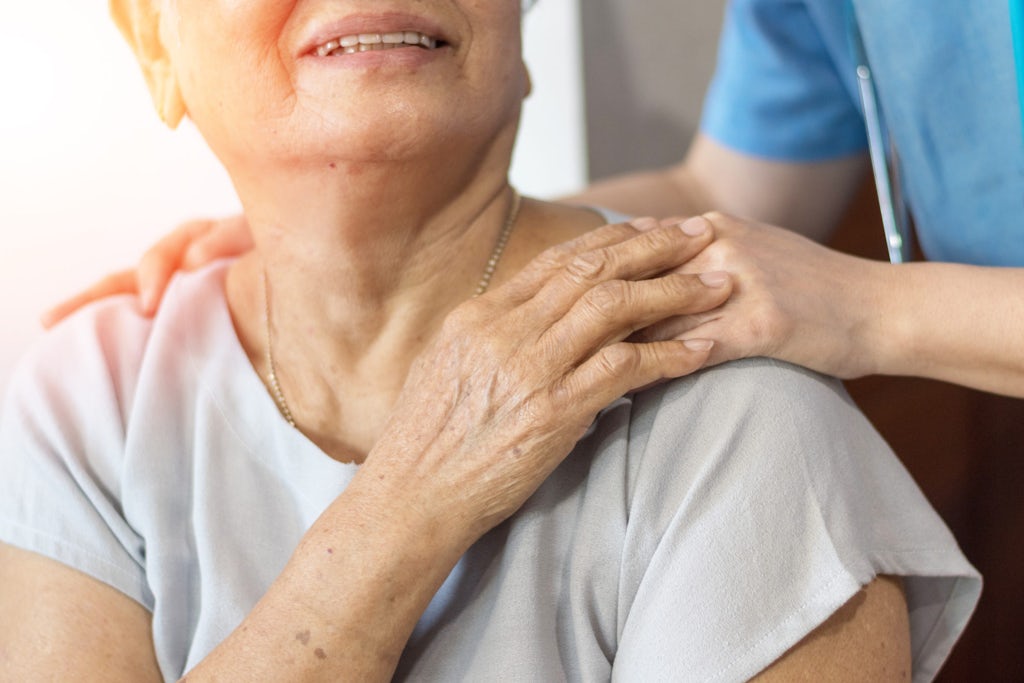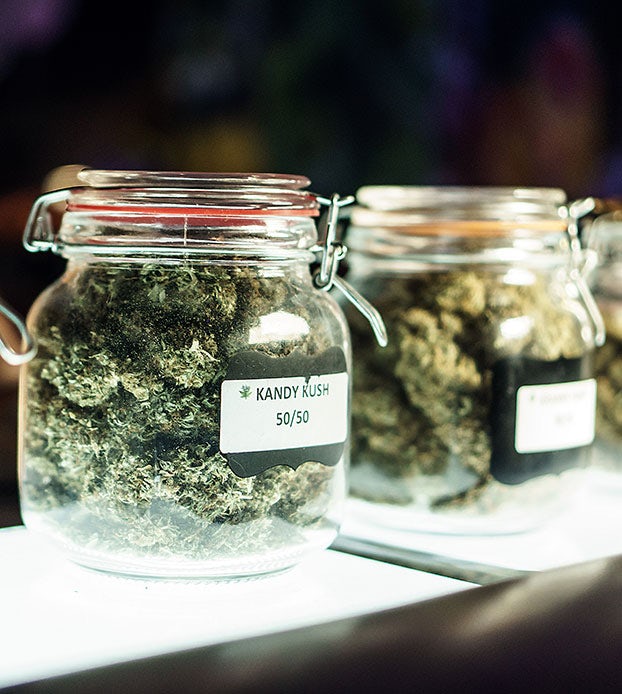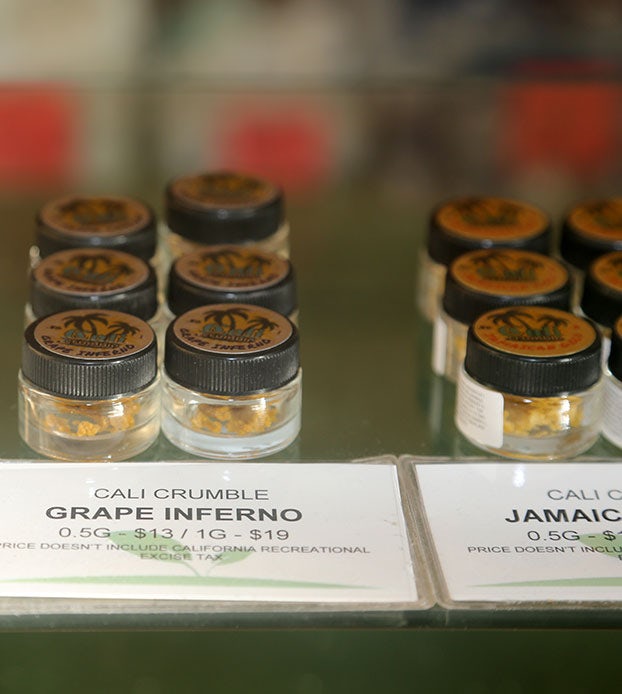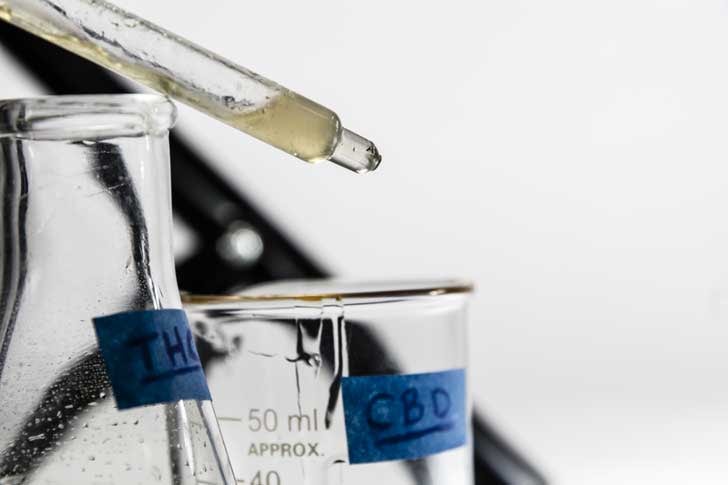In an age of unprecedented variety and quality in cannabis, it’s easy to think we’ve never had it better. But even in this era of plenty, there are still countless medical cannabis patients who cannot afford their medicine and don’t know where or how to find assistance. Luckily, “compassionate care” programs are still common, and patients who are in need still have avenues to find a helping hand.
What is ‘compassionate care’ in cannabis?
When it comes to cannabis legalization in America, arguably no piece of legislation has had more of an impact than California’s Proposition 215, also known as the “Compassionate Use Act of 1996.”
Proposition 215 made it legal for HIV/AIDs and cancer patients and the terminally ill to possess and cultivate medical marijuana and to receive it from a network of non-profit, member based collectives that catered specifically to medical marijuana patients in need.
After Prop 215 was passed, in living rooms across America, people who had never considered the concept of medical cannabis saw news reports about cancer and HIV/AIDS patients and the terminally ill who were given life-changing relief through the use of cannabis. This helped mainstream the concept of medical marijuaan to people who otherwise may not have considered the idea.
Prop 215 paved the way for the legal state-run medical marijuana program of today, and also provided a model of how in the absence of official state assistance, the cannabis community itself can help those who are in need.
Access problems and medical cannabis
Even with legal medical marijuana programs in 36 states and the District of Columbia, patients can still face access problems for the following reasons:
Economic issues
Becoming an approved medical cannabis patient requires a registration fee in most states with a legal program, which can cost around less than $50 in states like Utah and Colorado, while in Minnesota and Oregon it costs $200. Many programs also require an annual renewal fee.
In addition, prospective patients may also have to schedule a physician’s visit, with out of pocket fees that can easily cost $150 or more. And once they actually receive their medical cannabis card, there’s the often prohibitive cost of the medicine itself.
According to a 2017 report, socioeconomic background is one of the main factors in access to medical marijuana. The report states that in California, residents who earn more than $60,000 per year are the most likely to use medical marijuana, and almost three quarters of them had private health insurance. The report also outlines how in many states neither the cost of the physician’s visit or registration is covered by health insurance.
“Thus, without sufficient disposable income, health insurance, or subsidies, individuals with qualifying medical conditions may be unable to participate in the medical marijuana program offered by their jurisdiction,” the report states.

Legality
Cannabis is still illegal on the federal level and is not recognized by federal law as having any valid medical use. This means that people who are on probation and parole or incarcerated are not typically allowed to access cannabis – medical or other side – and can face legal consequences if they do.
In addition, parents who use medical cannabis may face problems with Child Protective Services and regardless of how legal cannabis is under state law, employees can face discrimination in the workplace for using it, including for medical reasons.
Mobility
During the lockdowns in the early weeks of the COVID-19 pandemic, cannabis clinics and dispensaries were ruled “essential services” in states and provinces across the US and Canada. Many jurisdictions also temporarily waived restrictions on cannabis delivery, in order to encourage people to stay home and avoid crowding together in dispensaries.
Nonetheless, cannabis delivery isn’t a fact of life in every state with a legal program, and for patients with mobility issues who don’t have a licensed caretaker, this can mean a lack of access to their medicine.
Inability navigating the system
Most state medical cannabis programs require registration through an online portal which may be more difficult for people who are not computer literate, don’t have access to the internet, or have physical ailments that make it difficult to use a computer. Without a supervising caretaker, such prospective cannabis patients can be shut out of the system.
Who qualifies for compassionate care programs?
Typically, compassionate care or subsidized medical cannabis programs are geared towards people who are facing economic hardships.
For instance, the Berkeley Patients Group, a medical cannabis dispensary that has been in business for more than two decades, operates the “Helping Hands Program,” a “needs-based care program” for patients in need. Qualifying patients receive 7 grams of free cannabis flower per week, but must first prove their local residence, provide financial documentation, a medical recommendation for cannabis, and a completed application.
The application states that the program is open to any “very low-income Berkeley resident who is qualified under California law to use cannabis for medical purposes.”
In addition, a Berkeley city ordinance requires that “at least 2% (by weight) of the annual amount of Medicinal Cannabis in dried plant form provided by a M-Retailer to qualified Patients and Primary Caregivers shall be provided at no cost to very low-income qualified patients.”
Many companies provide free medical cannabis evaluations, often awarded on a limited basis. For instance Ohio Medical Card, which provided 15 free medical marijuana evaluations each month to low-income patients.
Or Florida’s Cannabis Care Clinic, which provides free medical cannabis evaluations to patients with low income, supplemental security income or social security disability.
Where can I find subsidized medical cannabis?
Each state with a medical cannabis program has its own set of fees for registration, renewal, and the cannabis itself. Patients looking for subsidized cannabis through their state government can contact the state office responsible for administering the cannabis program to determine how to attain compassionate care.
Otherwise, there are a number of private initiatives that can help.
Contacted by The Cannigma, the organization Americans for Safe Access stated that they encourage people to contact the non-profit organization Leaf411, which runs its own affordability program. Under the program, medical cannabis patients in need can receive donated medical cannabis products. The program also allows low-income patients to receive financial scholarships to help them afford physician evaluations for cannabis medical cards.
Sign up for bi-weekly updates, packed full of cannabis education, recipes, and tips. Your inbox will love it.

 Shop
Shop Support
Support
















